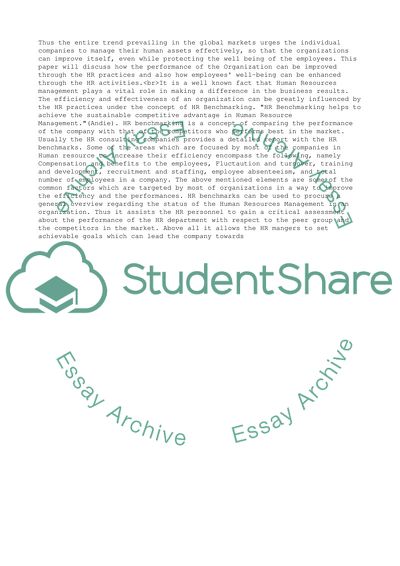Cite this document
(Strategic HR Practices in Context of Organizational Improvement and Employee Well-Being Coursework Example | Topics and Well Written Essays - 3000 words, n.d.)
Strategic HR Practices in Context of Organizational Improvement and Employee Well-Being Coursework Example | Topics and Well Written Essays - 3000 words. https://studentshare.org/management/1769836-to-what-extent-is-there-a-convincing-case-that-strategic-hr-practices-a-improve-the-performance-of-organisations-and-b-enhance-employee-well-being
Strategic HR Practices in Context of Organizational Improvement and Employee Well-Being Coursework Example | Topics and Well Written Essays - 3000 words. https://studentshare.org/management/1769836-to-what-extent-is-there-a-convincing-case-that-strategic-hr-practices-a-improve-the-performance-of-organisations-and-b-enhance-employee-well-being
(Strategic HR Practices in Context of Organizational Improvement and Employee Well-Being Coursework Example | Topics and Well Written Essays - 3000 Words)
Strategic HR Practices in Context of Organizational Improvement and Employee Well-Being Coursework Example | Topics and Well Written Essays - 3000 Words. https://studentshare.org/management/1769836-to-what-extent-is-there-a-convincing-case-that-strategic-hr-practices-a-improve-the-performance-of-organisations-and-b-enhance-employee-well-being.
Strategic HR Practices in Context of Organizational Improvement and Employee Well-Being Coursework Example | Topics and Well Written Essays - 3000 Words. https://studentshare.org/management/1769836-to-what-extent-is-there-a-convincing-case-that-strategic-hr-practices-a-improve-the-performance-of-organisations-and-b-enhance-employee-well-being.
“Strategic HR Practices in Context of Organizational Improvement and Employee Well-Being Coursework Example | Topics and Well Written Essays - 3000 Words”. https://studentshare.org/management/1769836-to-what-extent-is-there-a-convincing-case-that-strategic-hr-practices-a-improve-the-performance-of-organisations-and-b-enhance-employee-well-being.


